

Articles
How To Store Painted Canvases
Modified: March 19, 2024
Learn the best techniques for storing painted canvases in this informative article. Keep your artwork safe and protected for years to come.
(Many of the links in this article redirect to a specific reviewed product. Your purchase of these products through affiliate links helps to generate commission for Storables.com, at no extra cost. Learn more)
Introduction
Storing painted canvases is an essential aspect of preserving the beauty and longevity of your artwork. Whether you are an artist looking to safely store your own creations or a collector with a growing collection, proper storage techniques can help ensure that your painted canvases remain in pristine condition for years to come.
When it comes to storing painted canvases, careful preparation, protection, and selecting the right storage space are key factors to consider. This article will guide you through the step-by-step process of properly storing your painted canvases, providing you with expert tips and advice along the way.
By following these guidelines, you can rest assured that your valuable and cherished artworks will be safeguarded against potential damage from dust, moisture, sunlight, and other environmental factors. So, let’s dive in and explore the best practices for storing painted canvases!
Key Takeaways:
- Properly storing painted canvases is crucial for preserving their beauty and longevity. Follow expert tips to prepare, protect, wrap, and store your artworks, ensuring they remain in optimal condition for years to come.
- Utilize acid-free materials, avoid extreme temperatures and humidity, and regularly inspect stored canvases to ensure their long-term preservation. Consider climate-controlled storage and professional assistance for valuable artworks.
Read more: How To Store Canvases
Preparing the Canvas
Before you begin the process of storing painted canvases, it is important to make sure they are adequately prepared. This will help prevent any existing damage from worsening and ensure that the canvases are in the best condition possible for long-term storage.
First, examine the canvas for any loose or flaking paint. If you come across any areas where the paint is starting to chip, consider using a small brush to gently secure the loose flakes. Be careful not to apply excessive pressure, as this could cause further damage.
Next, inspect the canvas for any dirt, dust, or debris that may have accumulated over time. Use a soft, lint-free cloth or a delicate brush to gently remove any surface-level contaminants. Avoid using abrasive materials that could scratch or damage the painted surface.
If there are any visible stains or marks on the canvas, it is advisable to consult a professional conservator before attempting to clean them. They will have the necessary expertise and tools to safely remove the blemishes without causing harm to the artwork.
Lastly, if the canvas is unframed, consider adding a backing board to provide additional support and stability. This will help prevent any warping or bending during the storage process. Use acid-free materials to ensure that the board does not cause any discoloration or degradation of the canvas.
By taking the time to prepare your painted canvases properly, you are laying the foundation for successful storage and preservation. This step is crucial in maintaining the integrity of the artwork and ensuring that it stays in optimal condition over time.
Removing Dust and Debris
One of the first steps in properly storing painted canvases is to ensure that they are free from dust and debris. Over time, particles can settle on the surface of the artwork, potentially causing damage if left unchecked. Here are some effective methods for removing dust and debris from your painted canvases:
- Soft Brush: Use a clean, soft-bristled brush to gently sweep away any loose dust or dirt. Start from the top of the canvas and work your way down, using light strokes to avoid applying excessive pressure.
- Compressed Air: If the brush alone isn’t sufficient, you can use a can of compressed air to blow away stubborn dust particles. Hold the can at a slight distance from the canvas to avoid causing any damage.
- Microfiber Cloth: For more delicate surfaces, such as oil paintings, you can lightly dab a microfiber cloth on the canvas to remove any dust or debris. Be cautious not to rub or drag the cloth across the surface, as this could smudge the paint.
- Vacuum with Brush Attachment: If you have a vacuum cleaner with a soft brush attachment, you can use it to gently vacuum the surface of the canvas. Ensure that the suction is set to low to prevent any damage.
- Professional Cleaning: If your painted canvas requires thorough cleaning or restoration, it is advisable to seek the assistance of a professional art conservator. They have the expertise and knowledge to handle delicate artworks and use specialized techniques to remove dust, dirt, and other contaminants safely.
Remember to exercise caution and use gentle methods when removing dust and debris from painted canvases. Avoid harsh chemicals, rough materials, or excessive force, which can cause irreparable damage to the artwork. By keeping your canvases clean and free from dust, you are taking a vital step towards preserving their longevity and visual appeal.
Protecting the Painting Surface
Preserving the painting surface is crucial when it comes to storing painted canvases. The surface of the artwork is vulnerable to scratches, moisture, and even fading caused by exposure to sunlight. Here are some important steps to protect the painting surface:
- Applying a Varnish: Consider applying a layer of varnish to the painted surface. Varnish helps to protect the paint from dust, dirt, and ultraviolet (UV) radiation. It also enhances the overall appearance of the artwork by adding a protective and glossy finish. Make sure to choose a varnish that is suitable for the medium used, such as acrylic or oil-based varnish.
- Using Acid-Free Materials: When handling and storing painted canvases, it is crucial to use acid-free materials. Acidic substances can cause discoloration, degradation, and even yellowing of the paint over time. Opt for acid-free matboards, tissue paper, and archival storage boxes to minimize the risk of damage to the artwork.
- Avoiding Direct Contact: Prevent direct contact between the painted surface and any materials that could potentially cause damage. This includes avoiding leaning other objects or stacked canvases against the painting surface. Use protective barriers, such as acid-free tissue paper or silicone release paper, to separate layers of artwork if they need to be stacked.
- Using Protective Sleeves: For smaller painted canvases or artworks on paper, consider using individual protective sleeves or archival sleeves to shield them from dust, moisture, and fingerprints. These sleeves provide an extra layer of protection while still allowing visibility of the artwork.
- Handle with Clean Hands: Always handle painted canvases with clean, dry hands. Oils and dirt from your hands can transfer onto the paint, potentially causing damage or discoloration. If necessary, wear clean cotton gloves when handling delicate or valuable artwork.
By taking these measures to protect the painting surface, you can significantly reduce the risk of damage to your artwork. These steps will help preserve the original colors, textures, and overall visual integrity of the painted canvases for years to come.
Wrapping the Canvas
Once you have prepared and protected the painting surface, the next step in storing painted canvases is to wrap them properly. Wrapping the canvases provides an additional layer of protection against dust, moisture, and potential physical damage. Here are some effective methods for wrapping your painted canvases:
- Acid-Free Glassine Paper: Start by placing a sheet of acid-free glassine paper over the painted surface. This archival-quality paper helps to prevent the paint from sticking or smudging during storage. Ensure that the entire canvas is covered by the glassine paper.
- Bubble Wrap or Foam: After applying the glassine paper, you can further protect the wrapped canvas by gently wrapping it in bubble wrap or foam padding. This provides cushioning and insulation against accidental bumps or impacts. Secure the bubble wrap or foam with tape, taking care not to apply excessive pressure.
- Cardboard or Foam Core: For added rigidity and support, sandwich the wrapped canvas between two pieces of sturdy cardboard or foam core. Trim the cardboard or foam core to fit the size of the canvas and secure them together with tape or straps. This helps to prevent any bending or warping of the canvas during storage.
- Additional Plastic Covering: If you are storing the wrapped canvas in a humid environment, you can consider placing the entire package in a plastic bag or shrink wrap to provide an extra layer of moisture protection. However, ensure that the plastic used is breathable to prevent the buildup of condensation.
Remember to label each wrapped canvas with the relevant information, such as the artist’s name, title of the artwork, and date created. This will help you easily identify and locate specific pieces when needed. Store the wrapped canvases in an upright position to prevent any unnecessary pressure or crushing.
By properly wrapping the canvases, you are creating a barrier against potential damaging elements while ensuring that the artwork remains in a stable and secure condition during storage.
Read more: How To Store Art Canvases
Storing the Canvases
Choosing the right storage method and location is crucial for the long-term preservation of painted canvases. Improper storage can lead to damage caused by factors such as temperature fluctuations, humidity, and exposure to light. Follow these guidelines to ensure the safe storage of your canvases:
- Choosing the Right Storage Space: Select a storage area that is clean, dry, and free from direct sunlight. Ideally, the temperature should be stable and moderate, between 65°F and 75°F (18°C and 24°C). Avoid areas with high humidity, as this can cause mold growth and deterioration of the canvas and paint.
- Vertical Storage: Whenever possible, store painted canvases vertically rather than horizontally. This helps prevent any unnecessary pressure or warping of the canvas. If storing multiple canvases together, ensure that they are adequately supported and spaced to avoid any contact or potential damage.
- Shelving or Racks: Invest in sturdy shelving or racks to organize and store your canvases. Make sure the shelves are wide enough to comfortably accommodate the size of the canvases without excessive compression. If using metal shelving, consider placing a layer of acid-free foam or matting on the shelves to provide extra cushioning.
- Avoiding Floor Storage: It is best to avoid storing painted canvases directly on the floor. This helps protect them from potential damage caused by water leaks or humidity rising from the ground. Use pallets or create a raised platform to keep the canvases elevated.
- Periodic Inspection: Regularly inspect your stored canvases to check for any signs of damage or deterioration. Look for issues like mold, pests, or changes in the painting’s appearance. Address any concerns promptly to prevent further damage.
Remember, the overall goal of storing painted canvases is to create a controlled environment that minimizes the risk of damage. By following these guidelines and providing the proper storage conditions, you can ensure that your cherished artworks remain well-preserved and in optimal condition.
Choosing the Right Storage Space
When it comes to storing painted canvases, selecting the right storage space is crucial for maintaining their longevity and preserving their visual integrity. The storage environment plays a significant role in preventing damage from factors such as temperature fluctuations, humidity, and exposure to light. Here are some key considerations when choosing the right storage space for your canvases:
Clean and Dry:
Ensure that the storage space is clean and free from dust, dirt, and any potential contaminants. Regularly clean the area to minimize the risk of these particles settling on the canvases. Additionally, make sure the storage space is dry to avoid any moisture-related issues, such as mold growth or warping of the canvases.
Temperature Control:
Maintaining a stable temperature is crucial for the preservation of painted canvases. Ideal storage temperatures range between 65°F and 75°F (18°C and 24°C). Avoid extreme heat or cold, as these temperature fluctuations can negatively impact the canvas and paint. Fluctuations in temperature can cause the canvas to expand and contract, leading to cracks or loosening of the paint layers.
Humidity Control:
Controlling humidity levels is essential to prevent mold growth, warping, or degradation of the canvases. The ideal humidity range for storage is between 40% and 55%. High humidity can cause mold or mildew to develop, while low humidity can cause the canvas to become brittle and prone to damage. Use dehumidifiers or humidifiers, if necessary, to maintain consistent humidity levels.
Avoid Sunlight Exposure:
Direct sunlight can cause irreversible damage to painted canvases by fading the colors and degrading the paint layers. Choose a storage space that is away from windows or sources of natural light. If natural light cannot be avoided, use curtains, blinds, or UV-blocking film on windows to minimize the amount of light that reaches the stored canvases.
Ventilation:
Proper ventilation is important for maintaining a healthy storage environment. Good airflow helps prevent the buildup of moisture, odors, and stagnant air that can contribute to mold growth. Ensure that the storage space has sufficient ventilation, either through natural means like windows or vents, or by using fans or air circulation systems.
Security Measures:
Consider the security of the storage space to protect your valuable artworks. Choose a location with appropriate security measures, such as locks, alarms, or surveillance cameras. This will help deter theft and provide peace of mind knowing that your paintings are stored in a secure environment.
By taking these factors into account when choosing the right storage space, you can create a conducive environment for the long-term preservation of your painted canvases. A suitable storage space will ensure that your artworks remain protected and in excellent condition for years to come.
Store painted canvases vertically in a cool, dry place away from direct sunlight to prevent warping or fading. Use acid-free paper or plastic wrap to protect the surface.
Avoiding Extreme Temperatures and Humidity
When it comes to storing painted canvases, extreme temperatures and humidity can be detrimental to their longevity and overall condition. Fluctuations in temperature and humidity levels can cause warping, cracking, mold growth, and irreversible damage to the paint layers. Here are some crucial steps to avoid extreme temperatures and humidity when storing your canvases:
Temperature Control:
Extreme heat or cold can have adverse effects on painted canvases. High temperatures can cause the paint to soften or even melt, leading to blurred details and color changes. On the other hand, extremely cold temperatures can make the canvas brittle and prone to cracking. Select a storage space with a stable temperature between 65°F and 75°F (18°C and 24°C) to protect your canvases from temperature-induced damage.
Humidity Control:
Humidity levels can greatly impact the condition of painted canvases. Excessive humidity can promote mold growth, causing irreparable damage to the artwork. On the other hand, extremely low humidity can cause the canvas to become brittle and prone to cracking. Aim for a humidity level between 40% and 55% to maintain an optimal environment for your canvases. Use dehumidifiers or humidifiers as needed to regulate humidity levels and prevent any fluctuations that can harm the artwork.
Insulation:
Insulate the storage space to help maintain stable temperature and humidity levels. Proper insulation can help protect the canvases from external temperature variations. The space should be well-insulated to prevent the transfer of heat or cold from the surrounding environment. Use insulation materials such as weatherstripping, insulation panels, or sealant to create an airtight and controlled storage environment.
Avoiding Drastic Changes:
Avoid exposing the painted canvases to rapid or drastic changes in temperature or humidity. Sudden changes can cause stress to the canvas, leading to warping, cracking, or other forms of damage. If the storage space is subjected to regular fluctuations, consider using a thermostat-controlled environment or implementing measures like insulation to minimize the impact of these changes.
Regular Monitoring:
Regularly monitor the temperature and humidity levels in the storage space using a digital hygrometer and thermometer. This will allow you to detect any fluctuations or potential issues early on. Maintain records of these readings to establish a baseline for your storage environment and to track any changes that may occur over time.
By avoiding extreme temperatures and humidity levels, you can significantly reduce the risk of damage to your painted canvases. Creating a stable and controlled storage environment will protect your artworks and ensure their long-term preservation.
Keeping the Canvases Away from Sunlight
Exposure to sunlight can be highly damaging to painted canvases, causing irreversible fading, deterioration, and discoloration of the artwork. UV rays present in sunlight are particularly harmful as they can penetrate the canvas and affect the pigments of the paint. To protect your canvases from sunlight damage, consider the following measures:
Avoid Direct Sunlight:
Choose a storage location that is away from direct sunlight. Sunlight should not directly hit the stored canvases as prolonged exposure can lead to significant fading and degradation of the paint. Keep the artworks in a shaded area, preferably in a room with curtains or blinds that can be closed to block out sunlight.
Use UV-Blocking Film or Glass:
If the storage area has windows or glass doors, apply UV-blocking film or use UV-resistant glass to filter out harmful rays. These protective coatings help to minimize the amount of UV radiation that reaches the canvases, significantly reducing the risk of sun damage. Consult a professional to ensure that you choose the appropriate type of film or glass for maximum UV protection.
Rotate Artwork Display:
If you choose to display your painted canvases, avoid placing them in areas that receive direct sunlight. Even short-term exposure to sunlight, such as during exhibitions or home displays, can cause damage over time. If your artwork is already displayed in a sunlit area, rotate it periodically to evenly distribute the amount of light exposure across different pieces.
Consider UV-Filtering Window Coverings:
If you do not have access to UV-blocking film or glass, consider using window coverings such as shades or curtains made from UV-filtering materials. These coverings can help reduce the amount of UV radiation that enters the storage area, providing an additional layer of protection for your painted canvases.
Artificial Lighting Choices:
When installing artificial lighting in the storage space or display areas, opt for LED lights with a color temperature that mimics natural light. LED lights generate less heat and emit minimal UV radiation, making them a safer choice for illuminating your artworks. Avoid using incandescent or fluorescent lights, as they can emit higher levels of heat and UV radiation.
By keeping your canvases away from sunlight and implementing these protective measures, you can safeguard their vibrant colors and overall condition for years to come. Protecting your artworks from harmful UV rays is essential for preserving their original beauty and artistic value.
Read more: How To Store Painting
Using Acid-Free Materials
When it comes to storing painted canvases, using acid-free materials is crucial for their long-term preservation. Acidic materials can cause discoloration, deterioration, and irreversible damage to the artwork over time. To ensure the protection of your canvases, follow these essential guidelines for using acid-free materials:
Acid-Free Matboards and Mounting Materials:
When framing or mounting painted canvases, use acid-free matboards and mounting materials. Acidic materials, such as standard cardboard or regular adhesive tapes, can cause the canvas and paint to deteriorate over time. Acid-free matboards provide a barrier between the artwork and the frame, preventing any acidic elements from coming in contact with the canvas.
Acid-Free Tissue Paper:
Use acid-free tissue paper to separate layers of stacked paintings or as interleaving sheets between wrapped canvases. Acid-free tissue paper creates a protective barrier, preventing any potential transfer of acids or contaminants between artworks. This helps to maintain the quality and condition of each individual piece.
Archival Storage Boxes:
Invest in archival-quality storage boxes specifically designed for artwork storage. These boxes are made from acid-free and lignin-free materials that provide a stable, protective environment for painted canvases. Archival storage boxes shield the artworks from dust, light, and physical damage, ensuring their longevity.
Acid-Free Adhesives:
When repairing or mounting painted canvases, use acid-free adhesives specifically formulated for artwork conservation. Acid-free adhesives are less likely to degrade over time and cause damage to the canvas or paint. They provide a secure bond without introducing any harmful substances that can impact the longevity of the artwork.
Archival Sleeves or Protectors:
For smaller artworks or works on paper, consider using acid-free archival sleeves or protectors. These sleeves provide additional protection from dust, moisture, and light exposure while allowing visibility of the artwork. Archival sleeves are useful for storing individual pieces or for organizing collections of smaller paintings.
Careful Handling:
In addition to utilizing acid-free materials, handle painted canvases with care to avoid introducing contaminants or causing physical damage. Wash and dry your hands thoroughly before handling artworks to prevent the transfer of oils, dirt, or other substances onto the canvas surface. If necessary, wear clean cotton gloves to handle delicate or valuable artworks.
By using acid-free materials, you create a safe and protective environment for storing painted canvases. These materials help prevent the degradation and discoloration caused by acidic substances, ensuring the longevity and preservation of your valuable artworks for generations to come.
Storing Multiple Canvases Together
When storing multiple canvases together, proper organization and care are essential to ensure their protection and preservation. Stacking or storing canvases in close proximity without proper precautions can lead to damage such as scratches, adhesion, or deformation. Here are some important tips for storing multiple canvases together:
Separate with Acid-Free Interleaving:
Place acid-free interleaving sheets, such as acid-free tissue paper or archival paper, between each canvas to prevent them from coming into direct contact with one another. This protective layer acts as a barrier and helps prevent any transfer of moisture or paint between the surfaces of adjacent canvases.
Avoid Direct Pressure:
Avoid placing excessive pressure on the stacked canvases, as this can lead to warping or distortion. Instead of stacking them directly on top of one another, consider using foam or acid-free corrugated board dividers to keep a safe distance between each canvas. These dividers provide support and eliminate the risk of pressure damage.
Sturdy Storage Containers:
Store the stacked canvases in sturdy and rigid storage containers or boxes. Choose containers that are appropriately sized to accommodate the canvases without causing compression or bending. These containers should be made of acid-free materials to ensure an optimal storage environment while protecting the canvases from external elements.
Labeling and Cataloging:
Label each storage container with relevant information such as the artist’s name, title of the artwork, and date. Additionally, creating a catalog or inventory of the stored canvases can help you keep track of their location and condition. Maintain a detailed record that includes information about each artwork to easily locate and retrieve specific pieces when needed.
Periodic Inspection:
Regularly inspect the stored canvases to ensure they remain in good condition. Check for any signs of damage, such as bending, mold growth, or pests. If necessary, rearrange or reposition the canvases to evenly distribute the weight and pressure. Address any issues or concerns promptly to prevent further damage.
Rotate the Storage:
Rotate the order of the stacked canvases periodically to minimize the risk of certain artworks being consistently exposed to pressure or external influences. This rotation helps to distribute the wear and tear evenly among the canvases and promotes their overall longevity and preservation.
By implementing these practices, you can safely store multiple canvases together while ensuring their protection and preventing any potential damage. Proper organization, separation, and support are key to maintaining the integrity of each artwork and preserving their artistic value.
Additional Tips for Long-Term Storage
When it comes to long-term storage of painted canvases, there are a few more tips and considerations to keep in mind to ensure optimal preservation. These additional tips will provide you with extra measures to safeguard your artworks:
Regular Inspection and Maintenance:
Periodically inspect your stored canvases to check for any signs of damage or deterioration. This includes looking for discoloration, mold growth, or changes in the paint or canvas. Address any issues promptly to prevent further damage and ensure that your artworks remain in the best possible condition.
Climate-Controlled Storage:
If you have valuable or delicate artworks, it may be worth considering climate-controlled storage facilities. These facilities offer precise control over temperature and humidity levels, ensuring an optimal environment for the long-term preservation of your painted canvases. Explore options in your area to find a facility that can meet your specific storage needs.
Insurance Coverage:
Consider obtaining insurance that specifically covers your stored artworks. While you take all necessary precautions to protect your canvases, unexpected events such as fire, flooding, or theft can still occur. Having insurance coverage provides peace of mind and financial protection in case of any unforeseen circumstances.
Documentation and Assessment:
Document your painted canvases by taking detailed photographs or creating a digital catalog. This allows you to have a visual reference of each artwork and aids in the identification and assessment of their condition. Regularly update the documentation as needed to track any changes over time.
Avoiding Hazardous Materials:
Keep your stored canvases away from potentially hazardous materials such as cleaning agents, solvents, or volatile chemicals. Exposure to these substances can lead to unwanted reactions or damage to the artwork. Also, avoid storing painted canvases near sources of strong odors, as they can permeate the canvas over time.
Professional Assistance:
If you have particularly valuable or delicate artworks, consider consulting a professional art conservator. They can provide expert advice on storage techniques, restoration if needed, and guidance on handling and preservation. Professional assistance ensures that your painted canvases receive the highest level of care and attention.
By following these additional tips for long-term storage, you can further protect the quality and value of your painted canvases. Proper inspection, a controlled environment, documentation, and professional guidance all contribute to the preservation of your artworks for many years to come.
Conclusion
Properly storing painted canvases is essential for preserving their beauty, longevity, and artistic value. By following the guidelines and tips outlined in this article, you can ensure that your cherished artworks remain protected and in optimal condition for years to come.
Start by preparing the canvases, removing any loose or flaking paint, and cleaning off any dust or debris. Protect the painting surface by applying a varnish and using acid-free materials such as matboards, tissue paper, and storage boxes. Wrap the canvases carefully, using acid-free glassine paper, bubble wrap, and cardboard or foam core for added support.
When it comes to choosing a storage space, ensure it is clean, dry, and away from direct sunlight. Avoid extreme temperatures and humidity fluctuations that can cause damage to the canvases. Utilize acid-free materials in all aspects of storage, including matboards, adhesives, and sleeves, to prevent any acidic substances from deteriorating the paint over time.
When storing multiple canvases together, use acid-free interleaving and dividers to prevent damage and maintain proper organization. Regularly inspect the stored canvases and address any issues promptly. Consider additional measures such as climate-controlled storage, insurance coverage, and professional assistance to ensure optimal preservation.
By taking the time to implement these storage techniques and practices, you can safeguard your painted canvases and ensure their longevity. Protecting your artworks from dust, moisture, sunlight, and other environmental factors will allow future generations to enjoy their beauty and appreciate the artistic expressions they embody.
Remember, each artwork holds its own unique value and significance. By giving proper attention and care to the storage of your painted canvases, you contribute to the preservation of art and the rich cultural heritage it represents. So, follow these guidelines, create a safe storage environment, and enjoy the beauty of your painted canvases for years to come.
Frequently Asked Questions about How To Store Painted Canvases
Was this page helpful?
At Storables.com, we guarantee accurate and reliable information. Our content, validated by Expert Board Contributors, is crafted following stringent Editorial Policies. We're committed to providing you with well-researched, expert-backed insights for all your informational needs.
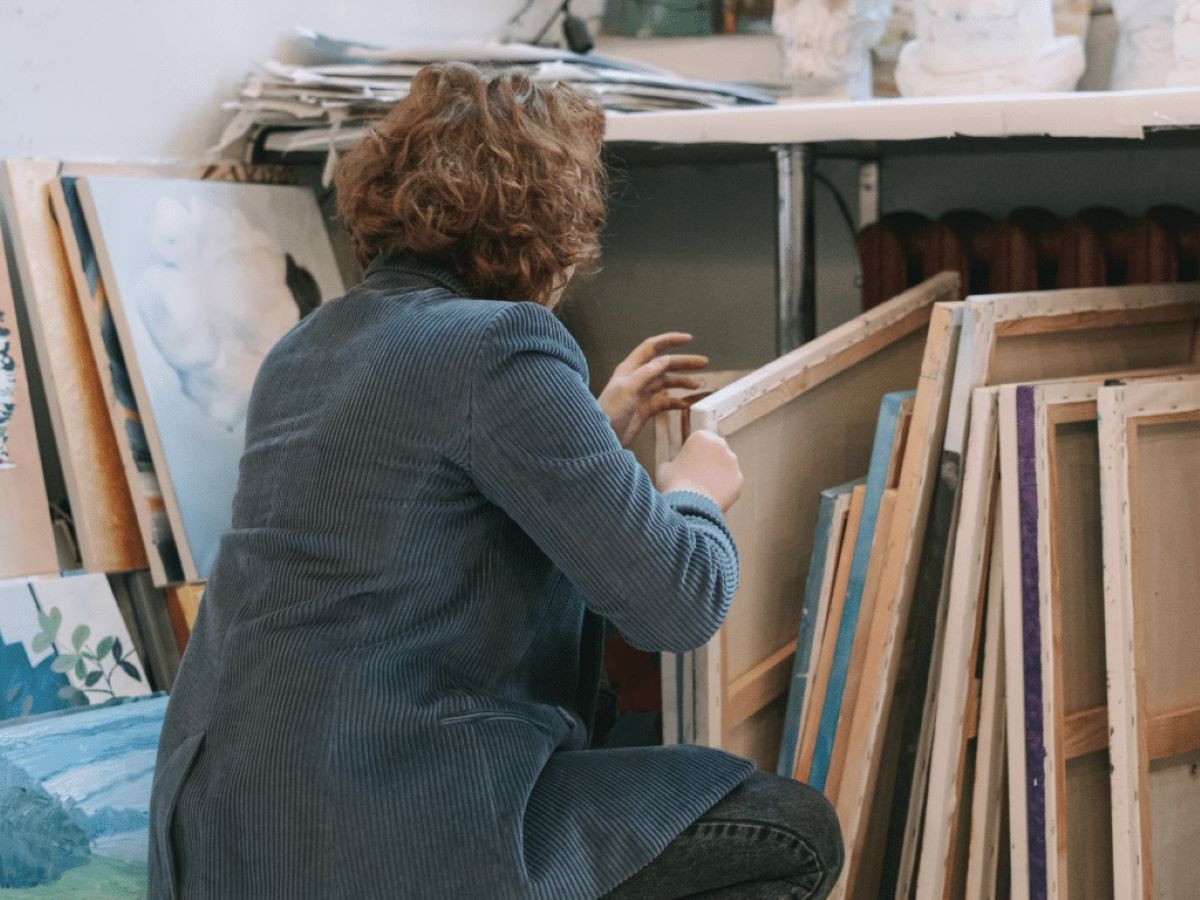
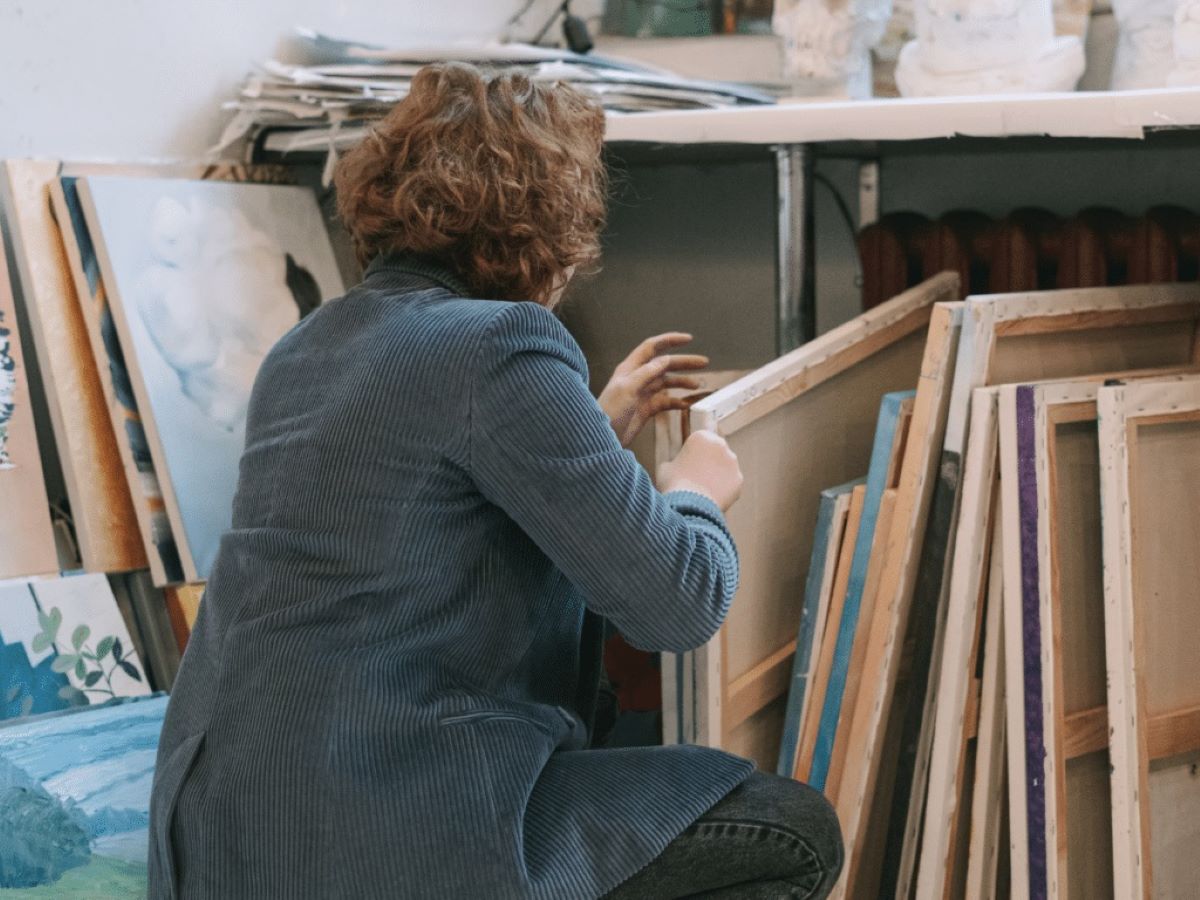
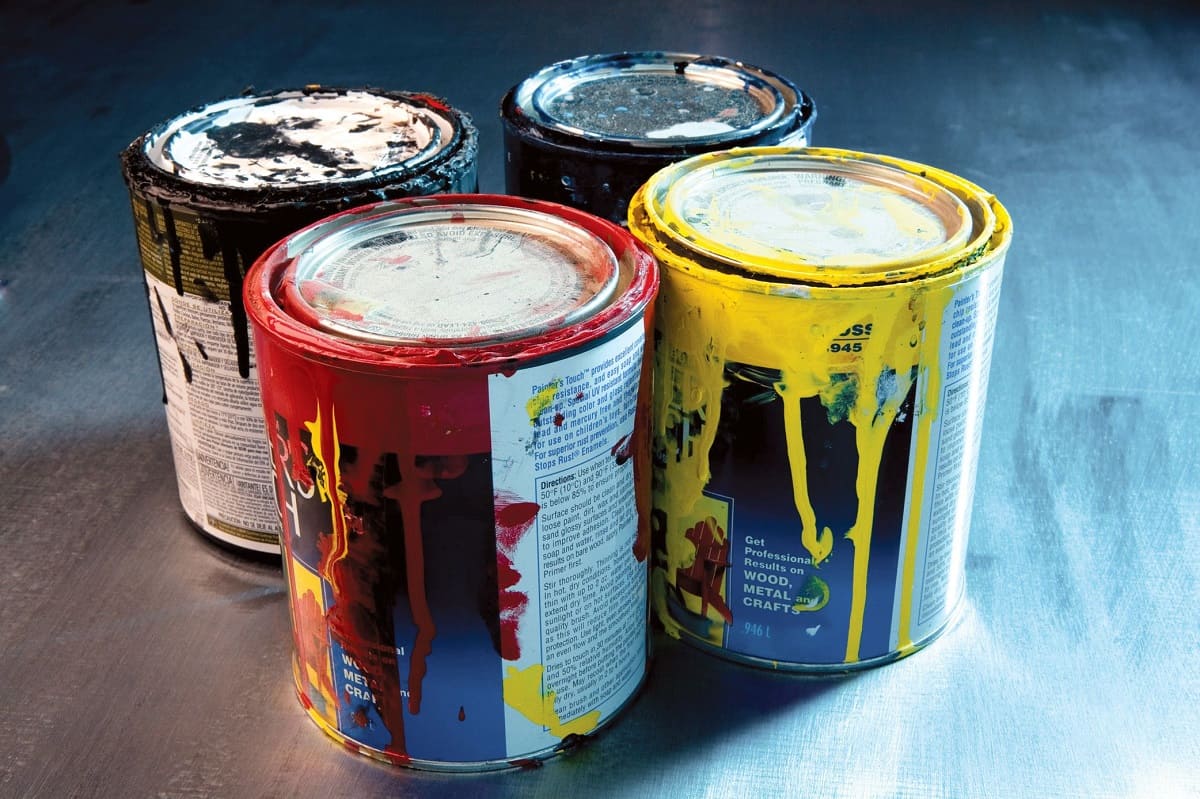
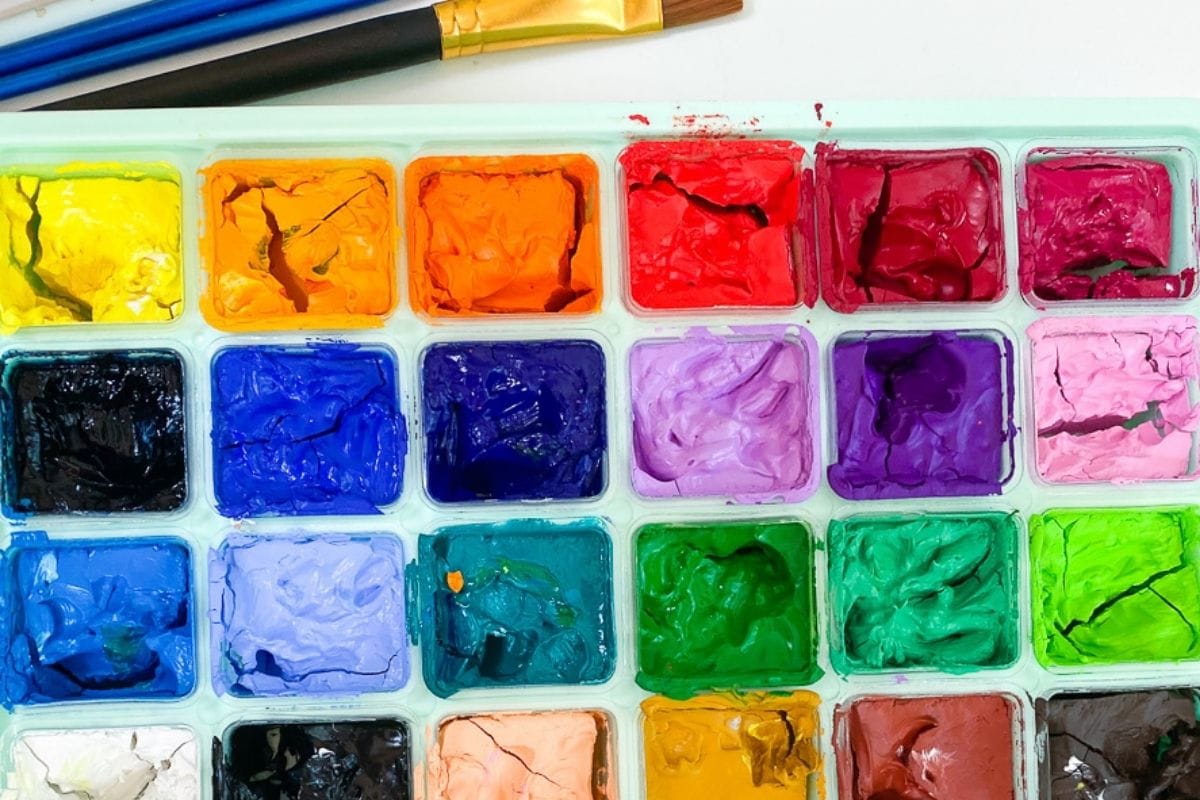
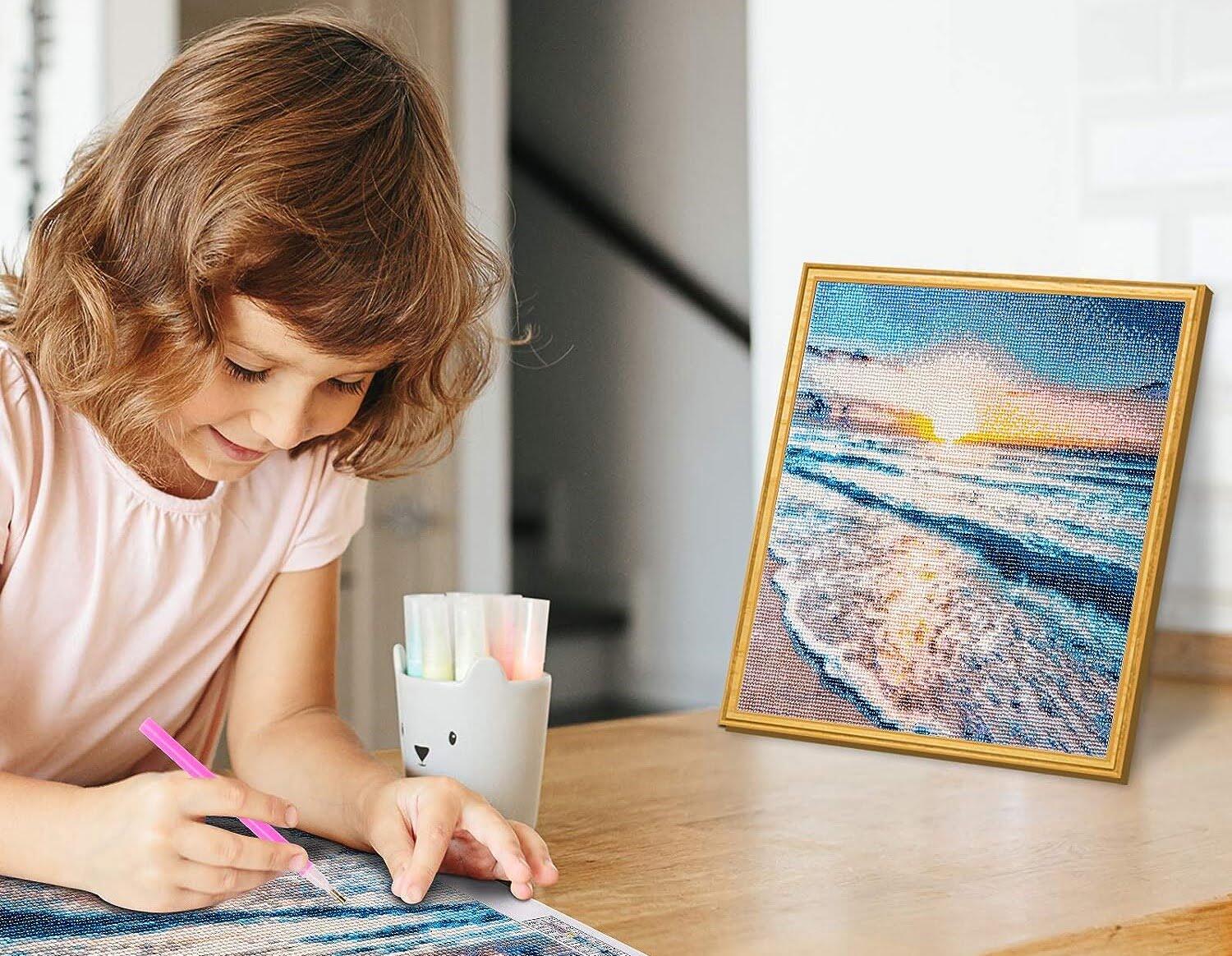
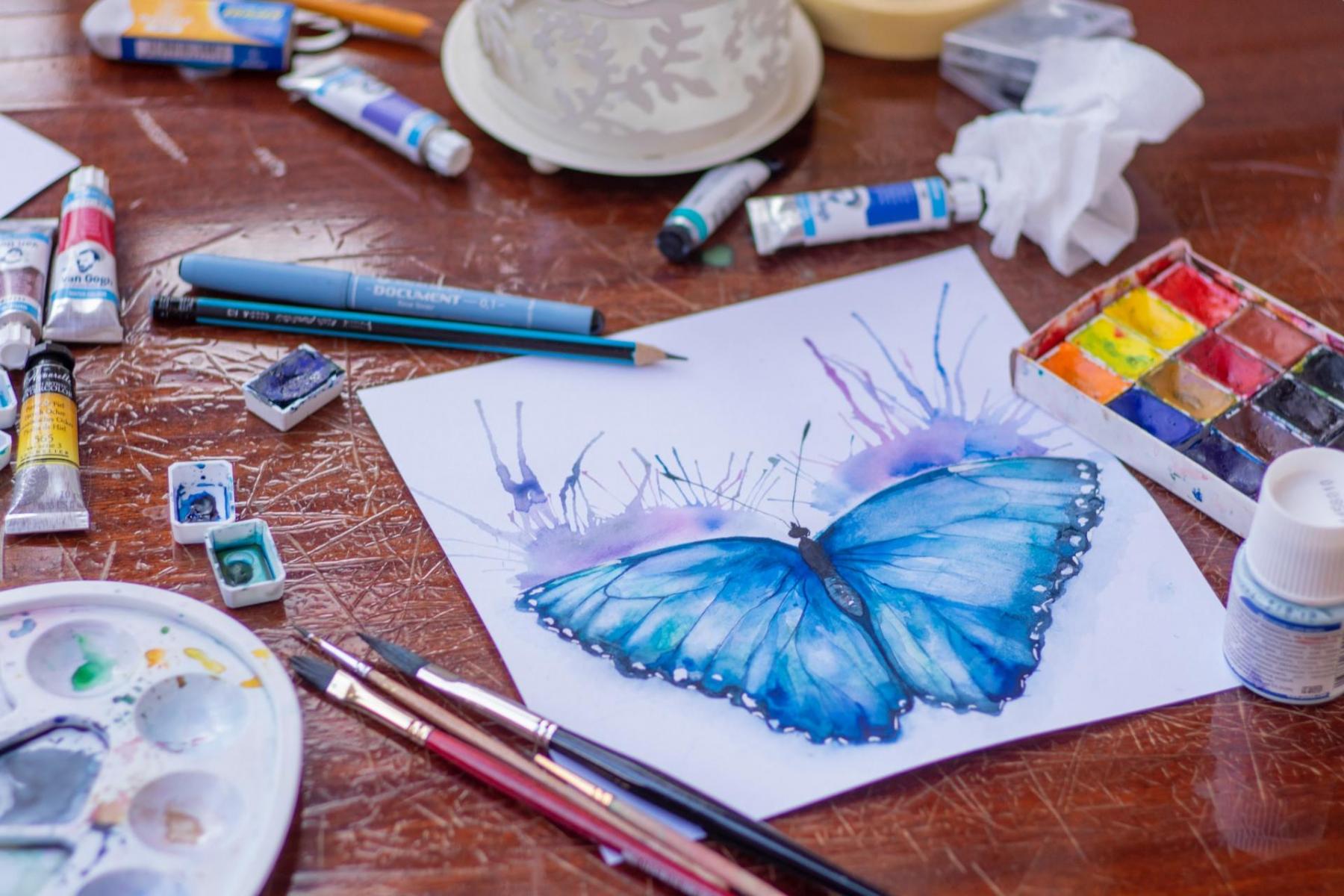
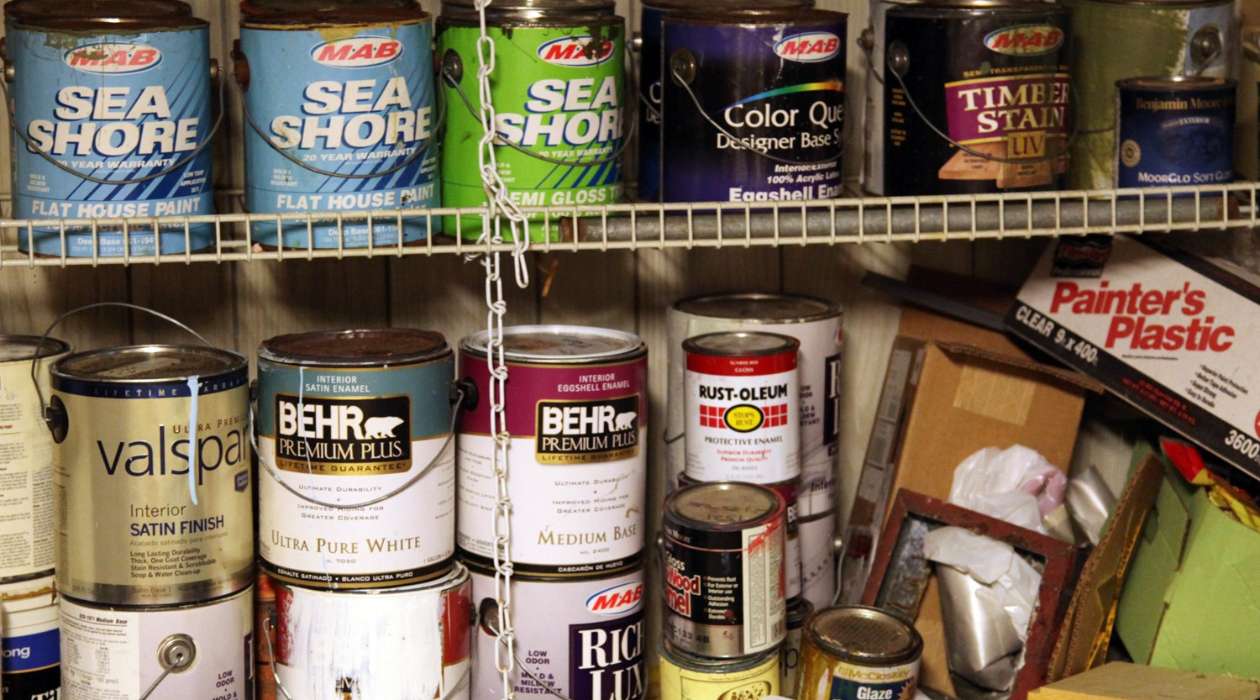
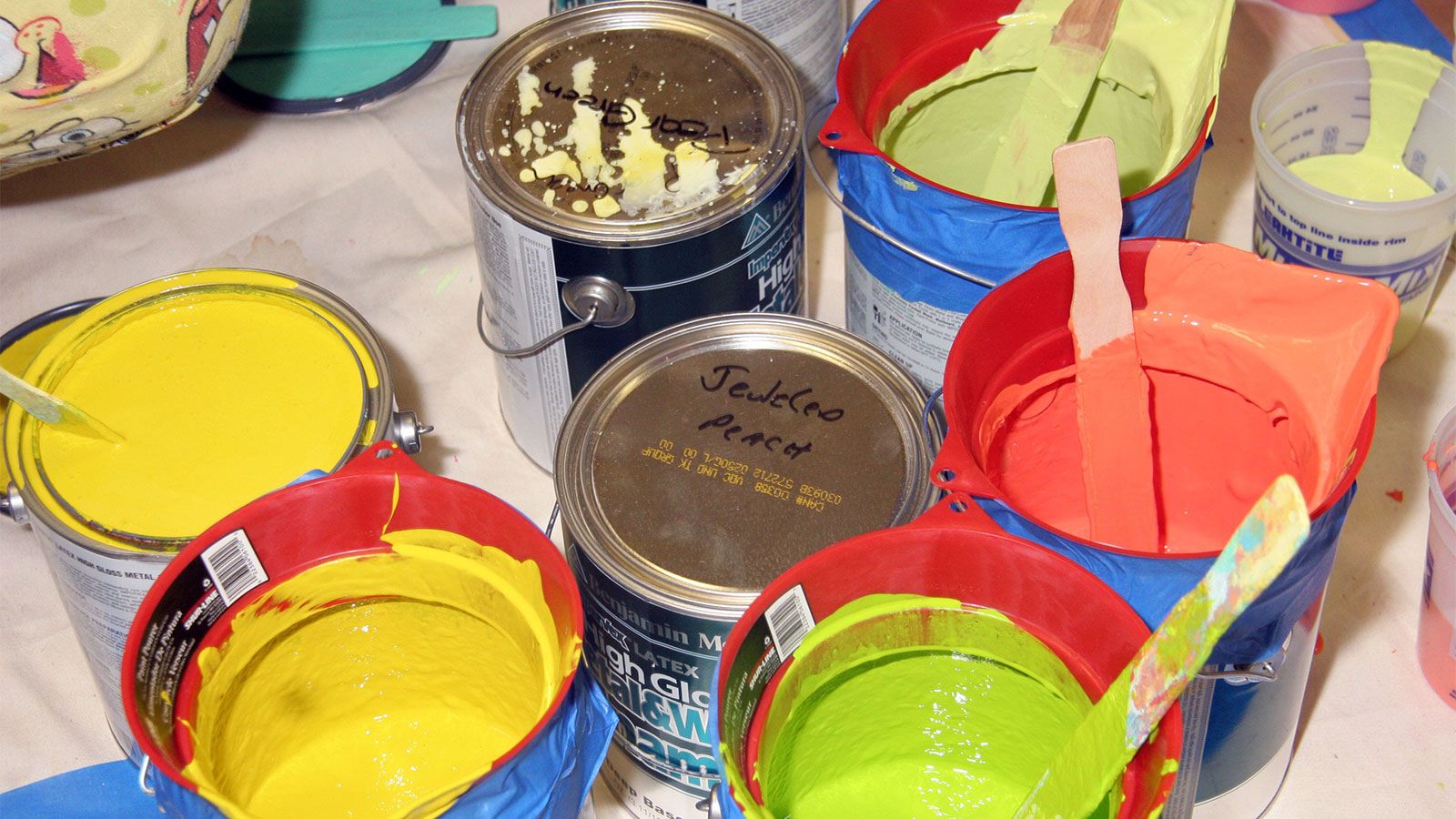

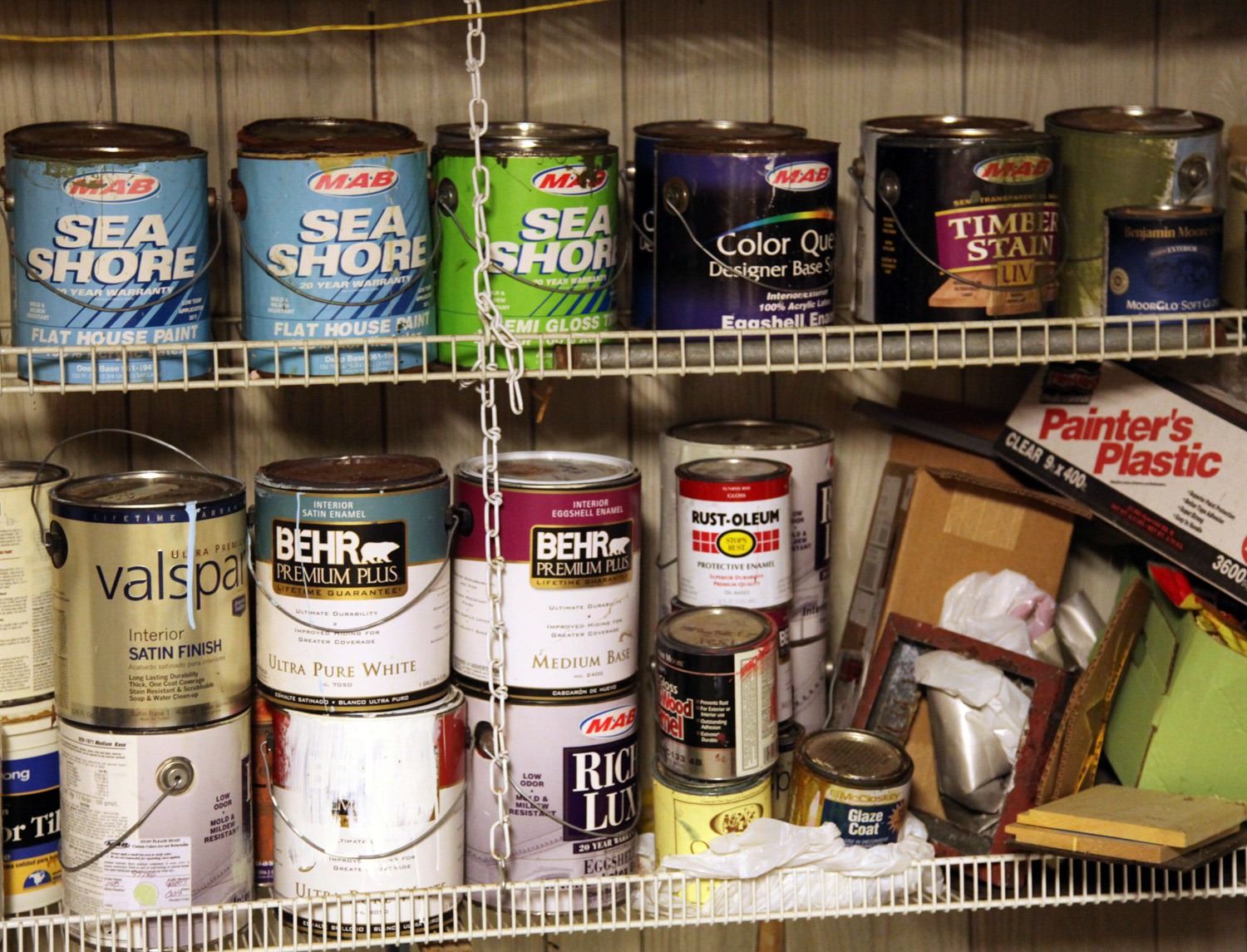
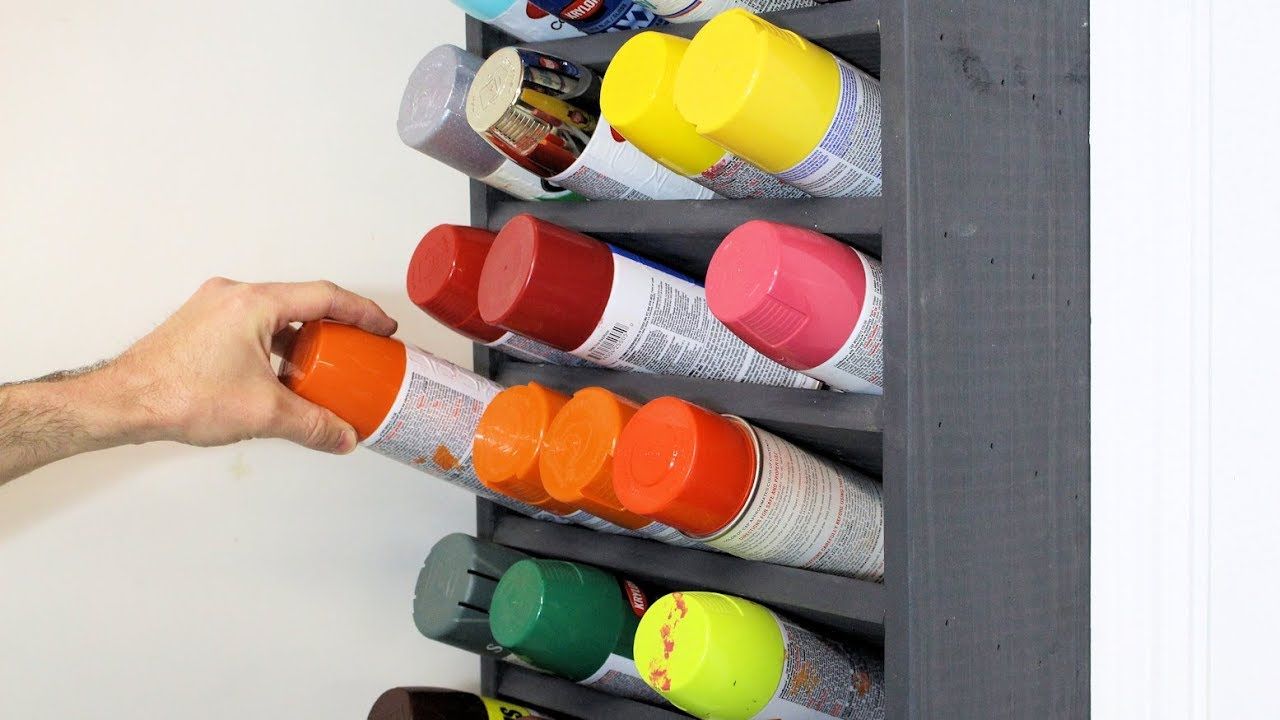

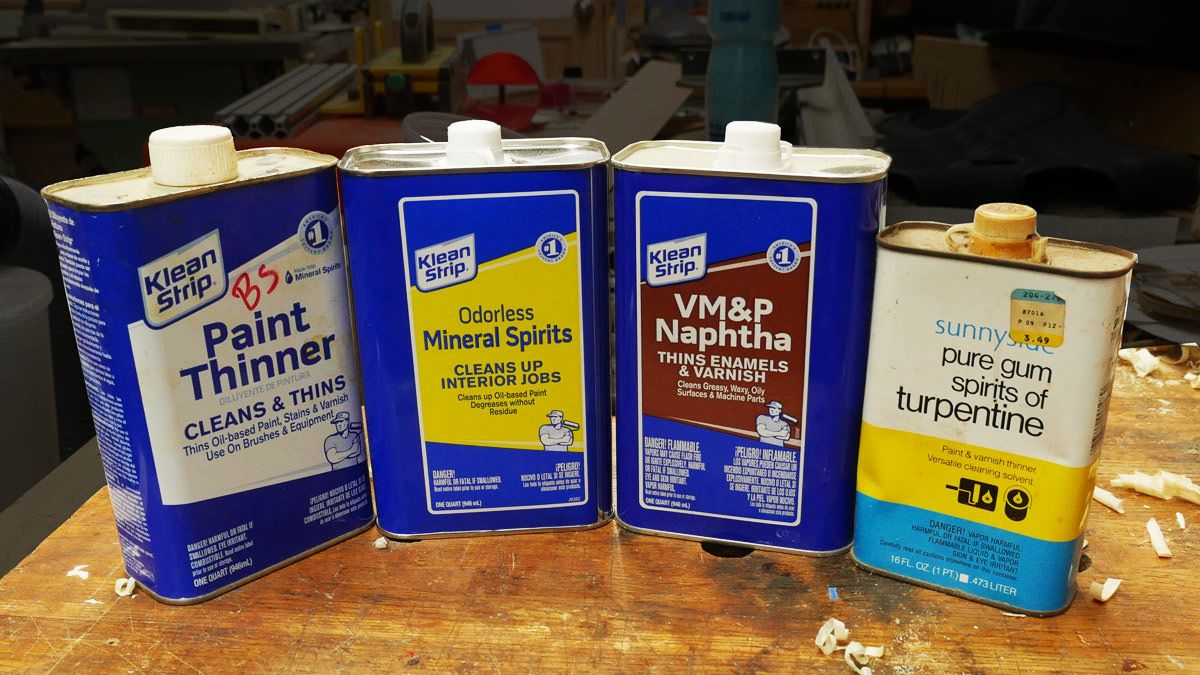

0 thoughts on “How To Store Painted Canvases”